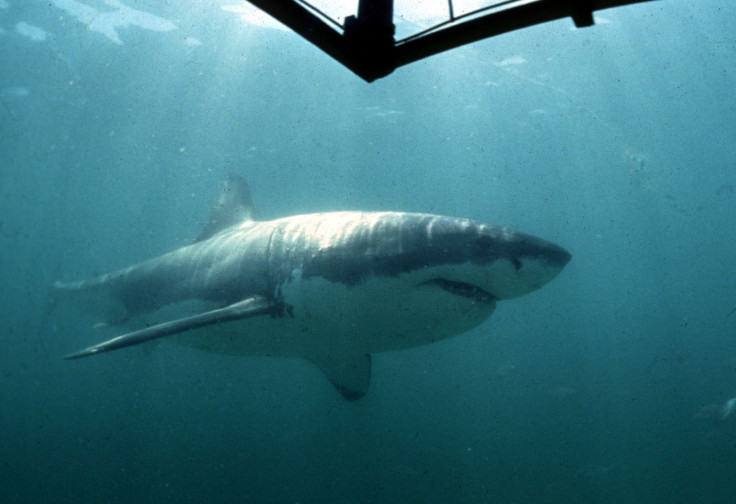Megalodon Extinction: Great Whites May Have Contributed To The Biggest Shark's Demise
KEY POINTS
- Researchers used a new method to look at the fossil and modern shark teeth
- They found evidence of an 'overlap' in megalodons' and great whites' diet
- There might have been a 'dietary competition' between the creatures
Megalodons (Otodus megalodon) roamed the world's oceans millions of years ago, but they eventually ended up going extinct. Much smaller great white sharks may have had something to do with the massive predators' extinction, a team of researchers has found.
Great white sharks are apex predators in our oceans, but in terms of size, they were much smaller than the now-extinct megalodon. While today's great white sharks can reach up to a massive 6 meters in length, it's believed that megalodons may have reached a gargantuan size of up to 20 meters, the Max Planck Gesellschaft Institute (MPI) noted in a news release.
While some may think of the two as predators of their own days, recent evidence suggests that there was a time when the two actually coexisted. But the megalodons abruptly disappeared from the fossil record, something that "remains an enigma," the researchers said in their study, published in Nature Communications on Tuesday.
For their work, the researchers analyzed the zinc stable isotope ratios in fossil and modern shark teeth. By using zinc isotopes, they could see the long-term dietary habits of a creature, thereby indicating their positions in the food chain. This is in comparison with other means such as looking at bite marks or the fossilized stomach content, which could only provide a "snapshot" of the creature's diet.
If the apex predators both fed at high trophic levels, then it's possible that they competed for resources, the researchers explained.
"Our results show, that both megalodon and its ancestor were indeed apex predators, feeding high up their respective food chains," Michael Griffiths of William Patterson University, one of the study authors, said in the MPI news release. "But what was truly remarkable is that zinc isotope values from Early Pliocene shark teeth from North Carolina, suggest largely overlapping trophic levels of early great white sharks with the much larger megalodon."
In other words, the results suggest that there was "some overlap" in the prey of both predators, Kenshu Shimada of DePaul University, Chicago, another study author, said.
"While additional research is needed, our results appear to support the possibility for dietary competition of megalodon with Early Pliocene great white sharks," Shimada added.
This important bit of information then provides a valuable clue as to what may have led to the megalodons' sudden disappearance, which has been shrouded in mystery. Indeed, this is not the first time that researchers have pointed out the possibility that great white sharks may have had something to do with megalodons' extinction, as this has also been suggested in a previous study.
"Our new study shows that the dietary range of the Early Pliocene great white shark is very similar to that of megalodon, indicating that our data do not contradict the competition hypothesis," Jeremy McCormack of MPI, study lead author, told Gizmodo.
The new work shows how using zinc isotopes can be a "powerful, promising tool" in investigating fossil marine vertebrates, the researchers noted. In this case, it helped decipher the diets of an extinct animal, shedding light on what may have led to its demise.

© Copyright IBTimes 2025. All rights reserved.






















